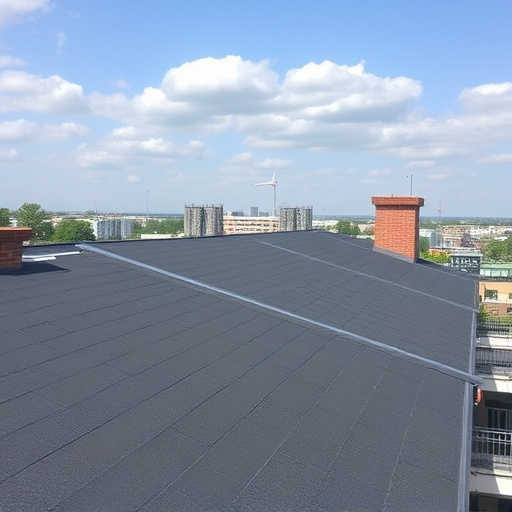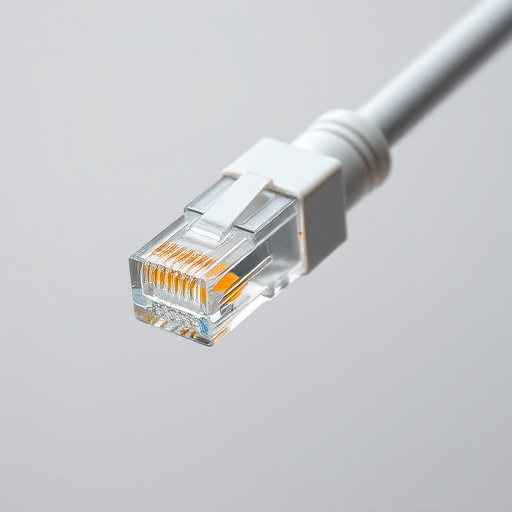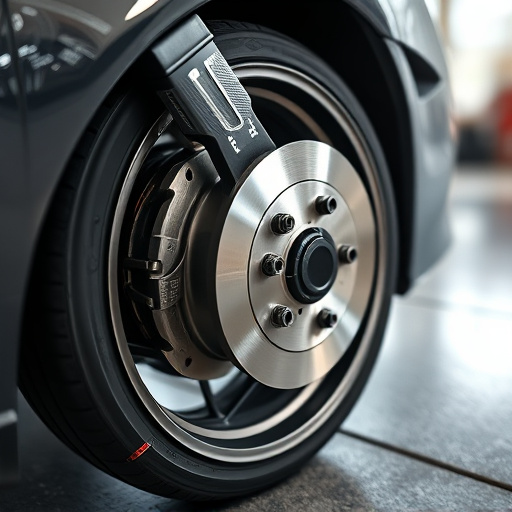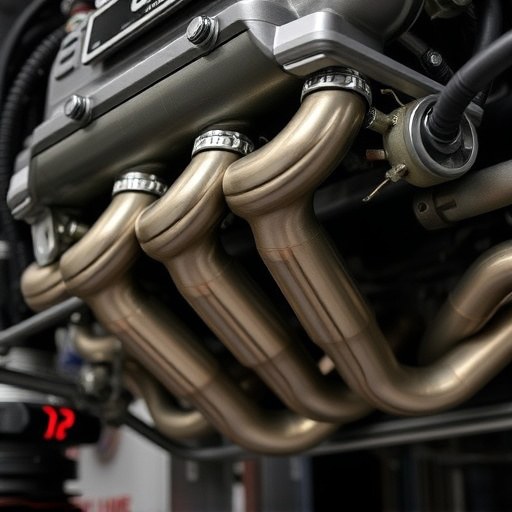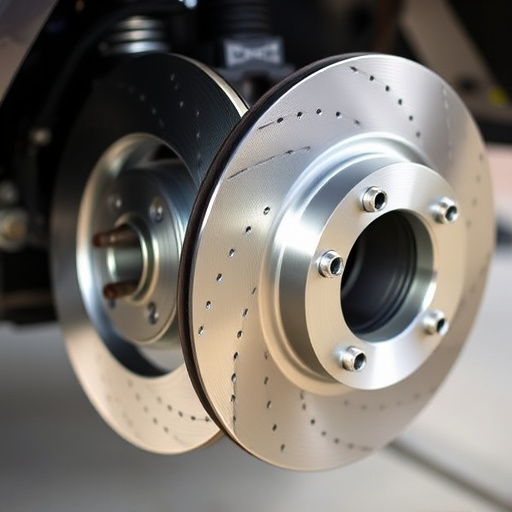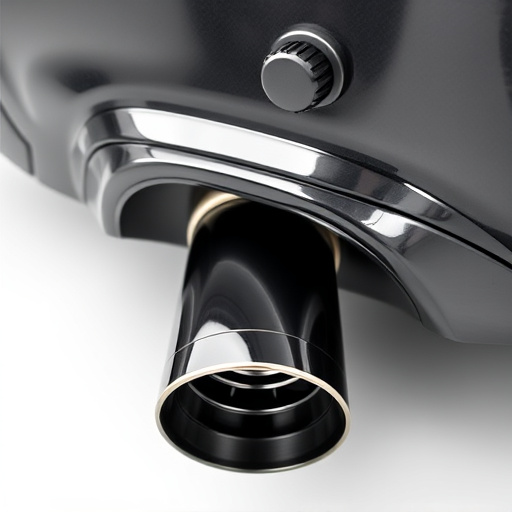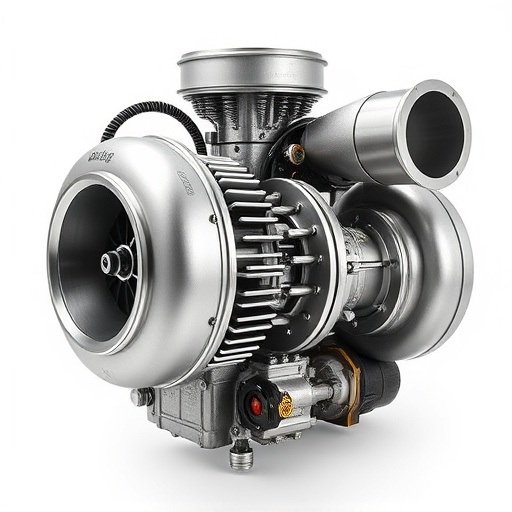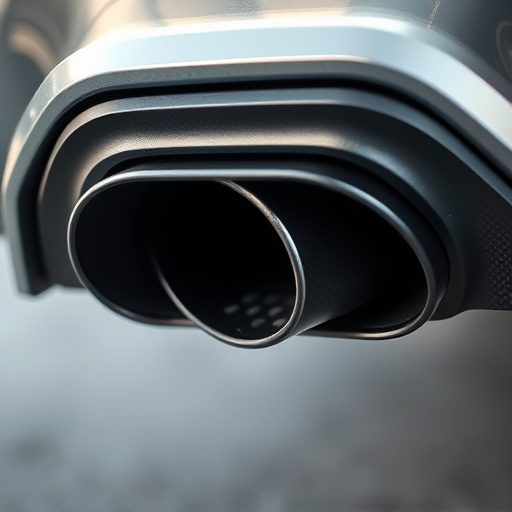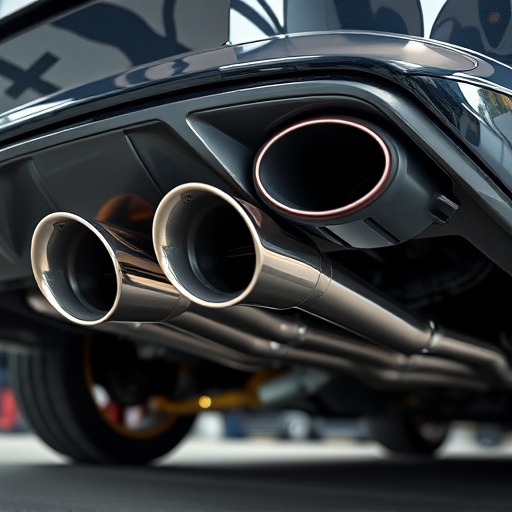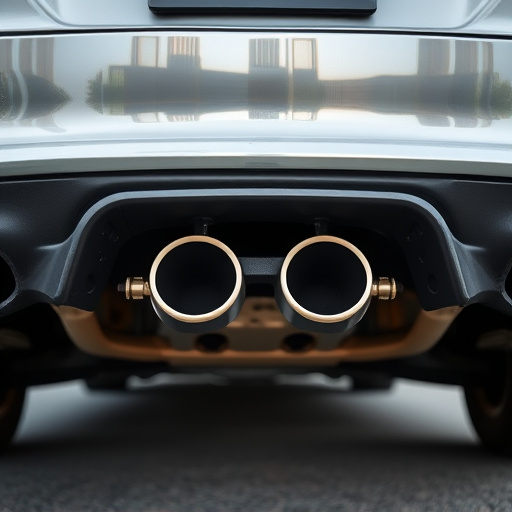Strategic intercooler piping design is crucial for enhancing cooling efficiency and heat transfer in automotive systems. Optimal layout ensures unobstructed airflow, balanced pressure drops, and effective integration with exhaust/intake systems. This strategic configuration improves air distribution, boosts combustion efficiency, reduces temperature differentials, and enhances overall vehicle performance and dynamics.
Intercooler piping placement is a critical factor in engine cooling and heat transfer efficiency. The strategic positioning and configuration of intercooler pipes can significantly impact performance, especially in high-performance vehicles. This article delves into the key considerations for optimal intercooler piping layout, exploring how its design affects heat transfer rates and overall cooling efficiency. By understanding these factors, mechanics and enthusiasts alike can make informed decisions to enhance their engine’s thermal management.
- Intercooler Piping Layout: Key Considerations
- Optimal Placement For Enhanced Heat Transfer
- Piping Configuration's Impact On Cooling Efficiency
Intercooler Piping Layout: Key Considerations
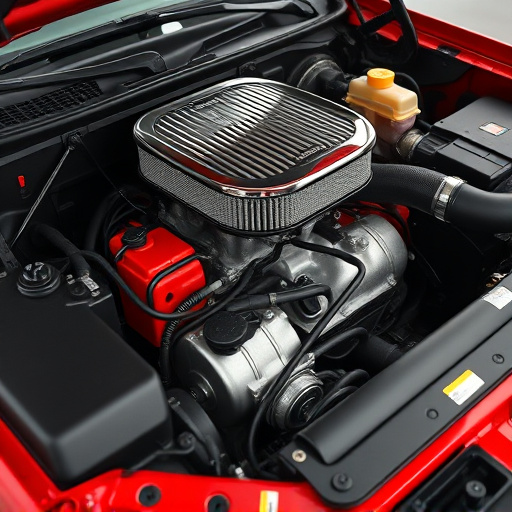
The layout and placement of intercooler piping is a crucial aspect that significantly impacts both cooling efficiency and overall heat transfer performance in automotive or mechanical systems. When designing or modifying an intercooler setup, several key considerations come into play to ensure optimal results. One of the primary factors is ensuring adequate space around the intercooler core for proper air flow. This includes strategic placement of piping to facilitate smooth air circulation without creating turbulence that could hinder cooling.
Additionally, the length and diameter of the intercooler pipes should be carefully chosen based on the specific application’s requirements. Longer pipes can lead to increased heat transfer due to more time for fluid exchange, but they may also introduce additional pressure drops, which can be mitigated by selecting appropriate pipe diameters. Balancing these factors is essential, especially when considering integration with other components like cat back exhaust systems or air intake systems, ensuring the overall performance and efficiency of the vehicle’s cooling system.
Optimal Placement For Enhanced Heat Transfer
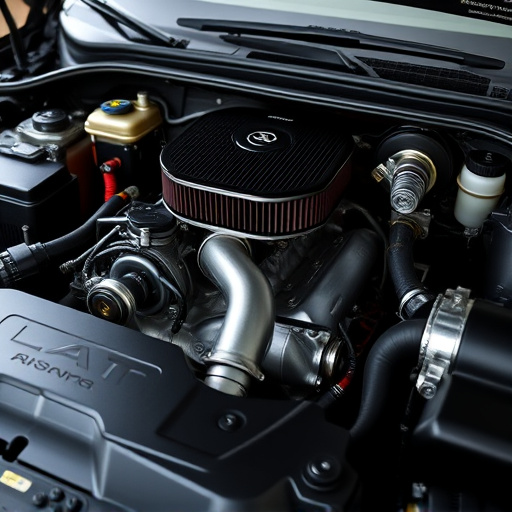
The optimal placement of intercooler piping is a crucial factor in enhancing heat transfer and ultimately improving vehicle performance. Strategically positioning the pipes can ensure efficient cooling, which is essential for maintaining engine health, especially during high-performance scenarios. By carefully routing the intercooler tubing, engineers can facilitate better air flow, reducing temperature differentials across the system. This direct approach to heat transfer allows for quicker cooling of the compressed air, enhancing the overall efficiency of the engine’s combustion process.
When considering vehicle performance, it’s also worth mentioning that proper intercooler piping placement can complement other modifications, such as a cat-back exhaust system and optimized brake components. This holistic approach ensures that each upgrade reinforces the others, creating a cohesive setup that delivers exceptional results on and off the road.
Piping Configuration's Impact On Cooling Efficiency
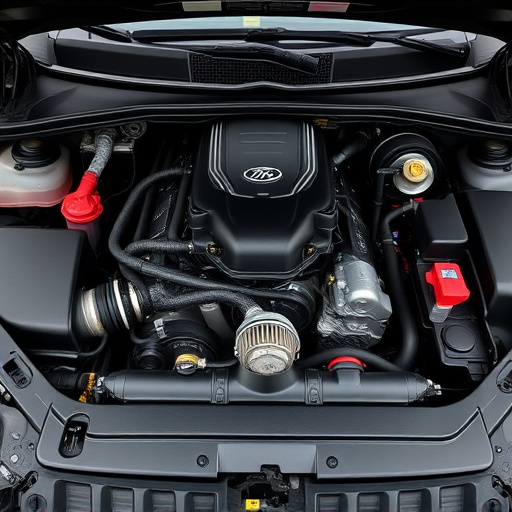
The configuration of intercooler piping plays a significant role in enhancing cooling efficiency within an automotive system. The strategic placement and design of these pipes directly influence the flow of cooled air or liquid to and from the intercooler, thereby affecting engine performance and temperature regulation. A well-optimized piping setup ensures optimal heat transfer, minimizing temperature differentials between incoming and outgoing air streams.
This is particularly crucial for high-performance vehicles equipped with coilover kits, air filter kits, and muffler tips that demand more power and generate increased heat. Efficient intercooler piping distributes the cooled charge air uniformly, enhancing combustion efficiency and turbocharger or supercharger performance. By reducing temperature variations, it prevents premature desaturation of the turbine, ensuring maximum energy extraction from the exhaust gases, ultimately contributing to improved overall cooling management and vehicle dynamics.
The placement and configuration of intercooler piping significantly influence both cooling efficiency and overall heat transfer performance. By strategically positioning pipes for optimal contact with hot gases, engineers can enhance cooling capabilities, ensuring engines operate at peak temperatures. Understanding these considerations is key to maximizing the benefits of an intercooler system in various applications.

